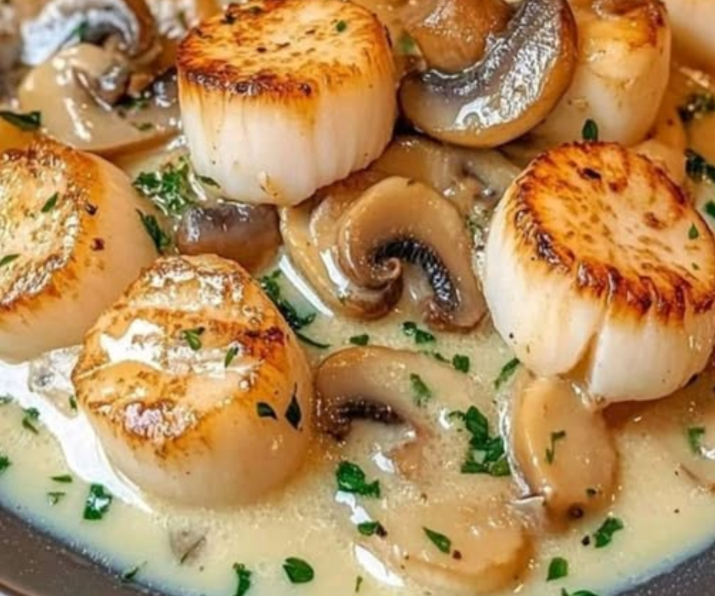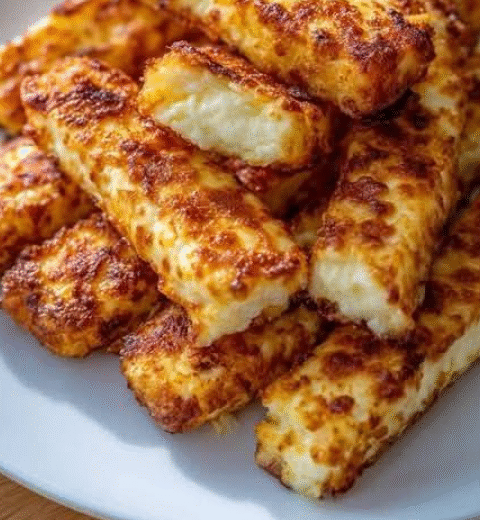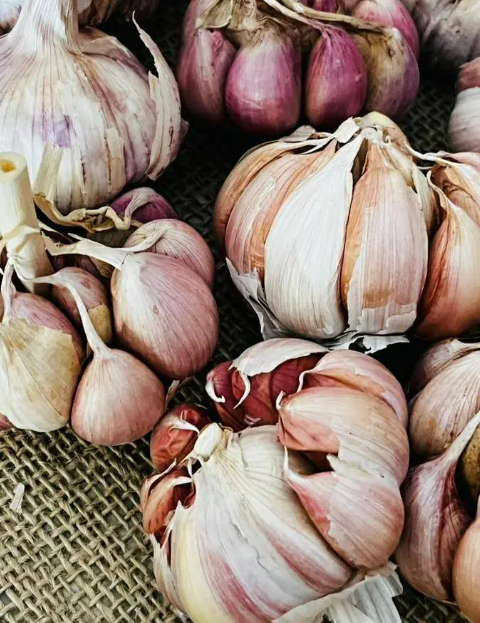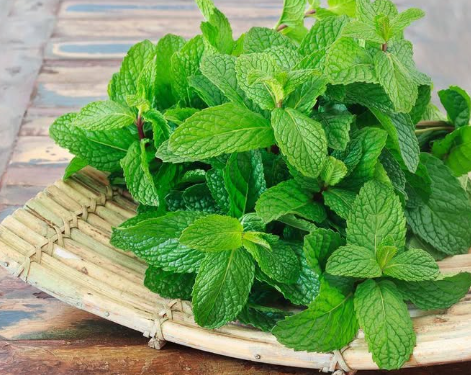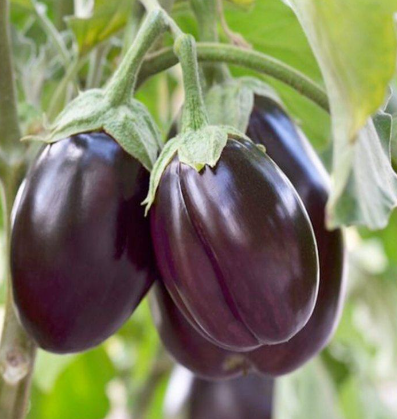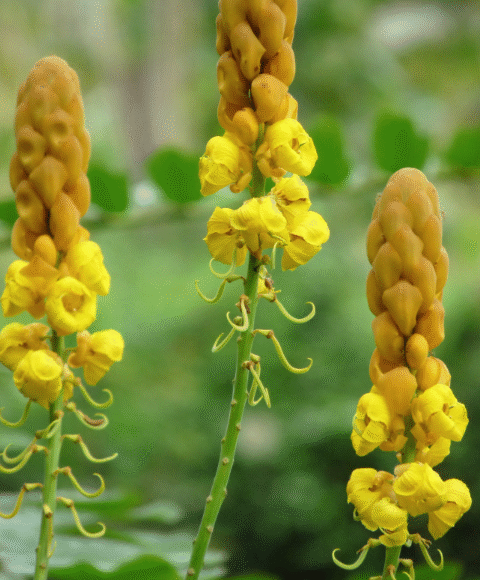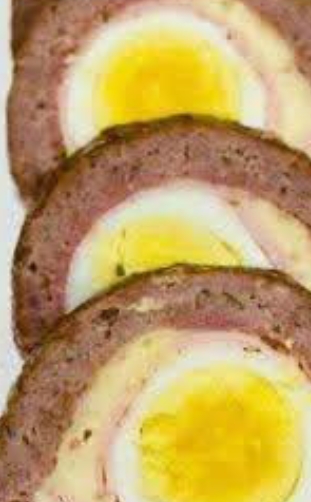Seafood Lovers’ Dream: Gourmet Cassolette Recipe 🦀🍤
Do you ever dream of a dish that captures the essence of the sea, delicately balanced with creamy textures, rich flavors, and a touch of elegance? Imagine succulent shrimp, tender scallops, and sweet crab meat—all simmered together in a luxurious sauce, perfect for a special dinner or a celebration. That’s the promise of this Gourmet Seafood Cassolette. Get ready to delight your senses and impress your guests.
Introduction: What Makes This Cassolette Special
This dish isn’t just another seafood medley—it’s a seafood showcase. Like many of Chef Gordon Ramsay’s signature recipes, it focuses on high-quality ingredients, fresh flavors, and careful technique. Each component—shrimp, scallops, crab—is cooked just right so you taste each on its own and as part of a harmonious whole.
You’ll find this Gourmet Seafood Cassolette to be versatile and indulgent. It works as a starter, main course, or even shared tapas-style. And with the healthy fats from olive oil, shellfish protein, and wonderful micronutrients—it’s both decadent and nourishing.
Ingredients List
Here are the ingredients you’ll need to bring this seafood dream to life. I’ve included substitutions and tips—straight from the kitchens of Chef Bobby Flay, The Pioneer Woman Ree Drummond, and Ina Garten—to help you adjust to what you have or prefer.
- ½ lb (≈ 225 g) shrimp (peeled & deveined)
- ½ lb (≈ 225 g) scallops
- ½ lb (≈ 225 g) lump crab meat
- 3 tbsp olive oil
- 2 cloves garlic, minced
- 1 small shallot, finely chopped
- ½ cup dry white wine or seafood stock
- ½ cup heavy cream
- 2 tbsp unsalted butter
- Juice of ½ lemon
- Fresh parsley, chopped
- Salt & freshly ground black pepper, to taste
- Optional: pinch of smoked paprika or cayenne for heat
Step-by-Step Preparation
Step 1: Prep the Seafood
- Rinse the shrimp, scallops, and crab meat under cold water. Pat dry with paper towels.
- If scallops have the side muscle attached, remove it to avoid chewy texture. Optional: season lightly with salt and pepper.
Step 2: Sauté Aromatics
- Heat 2 tablespoons of olive oil in a heavy skillet or cazuela over medium heat.
- Add minced garlic and shallot. Cook until fragrant and translucent, about 1–2 minutes. Do not let them brown too much.
Step 3: Cook Shrimp & Scallops
- Increase heat to medium-high. Add shrimp and scallops. Cook for about 2 minutes per side—shrimp should turn pink and scallops golden brown crust.
- Remove shrimp and scallops from pan; set aside.
Step 4: Make the Sauce
- Add remaining olive oil and butter to pan. Once butter is melted, pour in white wine or seafood stock. Let it reduce by half.
- Stir in heavy cream. Bring to gentle simmer—don’t let boil vigorously.
- Add lemon juice, salt, pepper, and optional paprika or cayenne.
Step 5: Combine & Finish
- Return shrimp and scallops to the pan, gently stirring to coat with sauce.
- Fold in lump crab meat at end—just long enough to warm through, avoiding overcooking.
- Garnish with chopped parsley. Serve immediately.
Serving Suggestions & Pairings
This Gourmet Seafood Cassolette shines best when served with thoughtful accompaniments:
- Crusty bread or garlic baguette—to soak up every drop of sauce.
- A side of steamed green vegetables (asparagus, green beans, bok choy) for freshness.
- A crisp white wine—such as Sauvignon Blanc or a dry Chardonnay.
- Optional: a lemon wedge or extra parsley on top to add brightness.
Health Tips & Safety Considerations
In the words of Chef Ina Garten, quality of ingredients matters as much as technique. Here are tips to maximize both flavor and safety.
- Choose fresh seafood: Use shrimp, scallops, and crab that smell clean (like the ocean), not fishy. Ideally purchase from trusted fishmongers.
- Proper storage: Keep seafood cold (< 4 °C), used same day or stored in fridge in tightly sealed container. Freeze if needed.
- Avoid cross‑contamination: Use separate cutting boards/knives for seafood and other ingredients. Wash hands thoroughly.
- Cook to safe internal temperature: Shrimp should be opaque and curled, scallops firm and opaque, crab meat heated through (about 63 °C internal temperature where applicable).
- Use fresh citrus: Fresh lemon juice adds vitamin C; avoid bottled lemon juice that may contain preservatives.
- Monitor fat intake: Olive oil and butter are healthy in moderation—if you want lighter version, reduce butter or substitute with olive oil only.
Expert Chef’s Touch
Here are pearls of wisdom inspired by top chefs to elevate this dish even more:
- Chef Gordon Ramsay: “Dry your scallops well”—moisture ruins browning. He often uses high heat and searing to get an exquisite crust. 🍽️
- Chef Bobby Flay: He might add a smoky component—try charred red pepper or smoked paprika to deepen flavor.
- The Pioneer Woman Ree Drummond: Loves comfort: she’d likely bake this cassolette in individual ramekins topped with breadcrumbs and cheese for a golden crust.
- Chef Ina Garten: Her emphasis on simplicity suggests letting seafood shine—minimal ingredients, excellent olive oil, fresh herbs.
Nutrition & Health Benefits Table
| Nutrient | Serving Size | Amount per Serving | Health Benefit |
|---|---|---|---|
| Calories | 1 serving (~ 350 g) | approx. 550 kcal | Provides energy—moderate for a seafood‑rich meal. |
| Protein | ½ lb shrimp + ½ lb scallops + ½ lb crab | ≈ 60‑65 g | High quality lean protein for muscle repair and satiety. |
| Fat (total) | with butter & olive oil | ≈ 30‑35 g | Healthy monounsaturated fats, some saturated fats—balance is key. |
| Omega‑3 Fatty Acids | Seafood portion | ≈ 0.5‑1.0 g | Supports heart & brain health. |
| Vitamin B12 | Seafood portion | ≈ 5‑8 µg | Essential for nerve function and red blood cell production. |
| Vitamin E | Olive oil & butter | ≈ 2‑3 mg | Antioxidant, supports skin & immune function. |
| Minerals (Zinc, Selenium, Iodine) | Seafood portion | Varies; selenium ~40‑60 µg | Supports thyroid function, immunity, and antioxidant protection. |
| Cholesterol | Seafood portion | ≈ 200‑250 mg | Seafood has cholesterol; balance with daily intake and fiber helps manage levels. |
Variations & Substitutions
If you want to adapt the recipe, here are ideas to switch things up:
- Different seafood: Use lobster chunks, clams, mussels in place of scallops or crab for variety.
- Light version: Swap heavy cream with coconut milk or a mixture of half‑and‑half and reduce butter.
- Spice it up: Add chili flakes, smoked paprika, or a dash of hot sauce.
- Herb twist: Use tarragon, dill, basil instead of parsley for different aroma profiles.
Why This Recipe Works: Flavor Science & Technique
This is where skill and science meet. By searing scallops at high heat, you get the Maillard reaction—those golden brown edges that give flavor. Shrimp cooked just until opaque avoid rubbery texture. The cream and butter emulsify into wine’s acidity for balance. Olive oil lends monounsaturated fats and subtle fruity notes. Lemon juice brightens overall palate. Together, these build complexity without overwhelming any component.
SEO Tips & Internal Links
For those of you blogging or optimizing your recipes, here are a few pointers—plus some internal resources you may want:
- Use keywords such as “seafood cassolette,” “shrimp scallops crab recipe,” “luxury seafood dish.”
- Create alt‑text for any images: “Gourmet seafood cassolette with scallops, shrimp, crab.”
- Link to related content on your site:
Frequently Asked Questions (FAQs)
-
Can I use frozen seafood instead of fresh?
Yes—but thaw completely in fridge overnight, drain water, pat dry. Frozen seafood tends to release moisture; dryness helps with browning and avoiding sogginess. -
How can I tell when scallops are done?
They should be opaque all the way through, firm but still slightly springy. If scallops look translucent in middle, they need more time. Sear until one edge is golden‑brown. -
Is it necessary to use heavy cream?
It provides a rich, silky sauce. Lighter options like half‑and‑half, coconut milk, or a béchamel‑style version work too, though texture and flavor will be milder. -
Can I prepare this ahead of time?
You can prep ingredients—peel debein shrimp, chop shallots, measure cream—but cook seafood fresh to maintain texture. Sauce can be made ahead and gently re‑warmed. -
How do I re‑heat without overcooking the seafood?
Warm over low heat, adding splash of stock or cream to refresh sauce. Avoid reheating past moderate heat; seafood continues cooking after heat removed. -
What wine pairs best with this dish?
Dry whites like Sauvignon Blanc, Chardonnay, or a crisp Pinot Grigio. If you prefer non‑alcoholic, a citrusy sparkling water or kombucha can work. -
Can I bake the cassolette instead of cooking on stovetop?
Yes—you can transfer mixture to oven‑safe ramekins, top with breadcrumbs and cheese, bake until lightly browned and bubbly (≈ 375‑400 °F / 190‑200 °C for 10‑15 minutes). -
Is this recipe allergy‑friendly?
It contains shellfish and dairy. For shellfish allergies, substitute with firm white fish or chicken. For dairy allergies, use plant‑based creams and omit butter. -
How many does this recipe serve?
With 1½ lb of seafood, this recipe should serve about 3‑4 people as a main course, or 5‑6 as a starter/appetizer. -
How do I avoid a “fishy” taste?
Use fresh seafood, don’t overcook, cook with aromatics and acid (lemon, wine) to balance. Store seafood properly and rinse before cooking.
Conclusion
Seafood Lovers’ Dream: this Gourmet Cassolette is more than a recipe—it’s an experience. From the succulent textures of shrimp and scallops to the sweet luxury of lump crab meat; from the richness of cream and butter to the zing of lemon and herbs—this dish balances elegance and comfort.
Whether you’re cooking for family, guests, or yourself, this recipe delivers on flavor, presentation, and nourishment. With health‑conscious tweaks and expert chef techniques, you can enjoy every bite without compromise. Give it a try—you just may find it becoming one of your signature seafood dishes. 🐚🍽️
